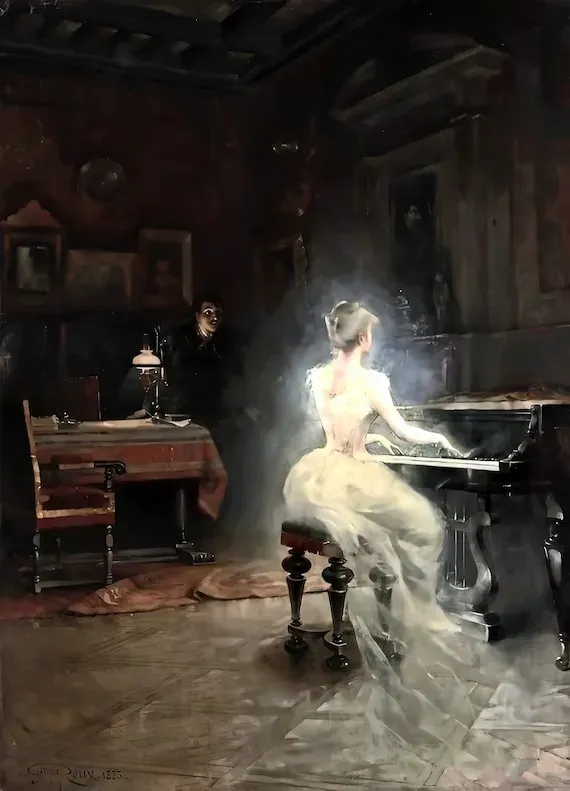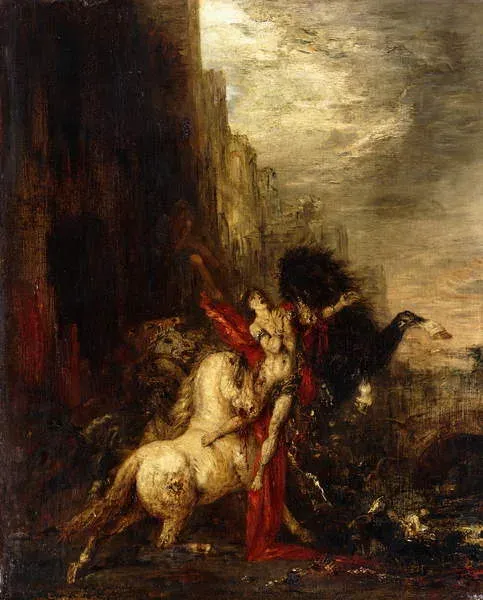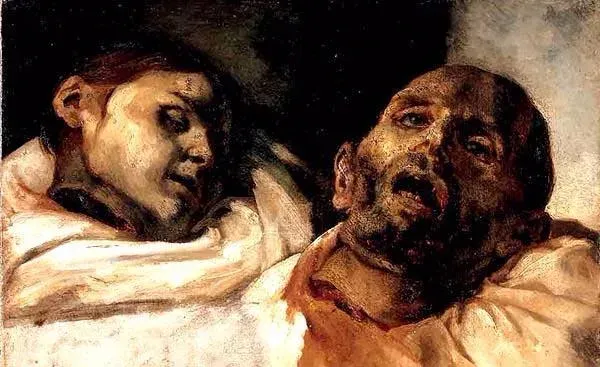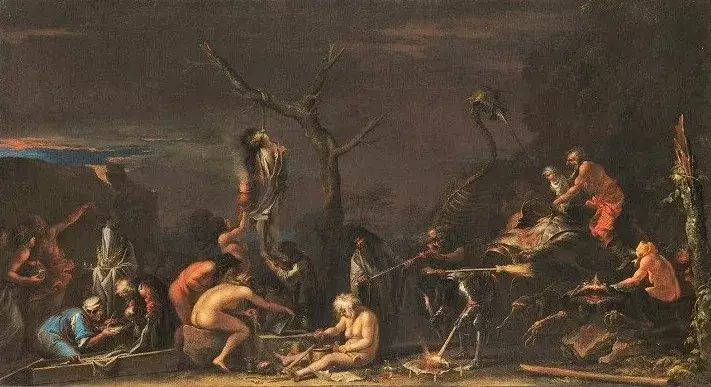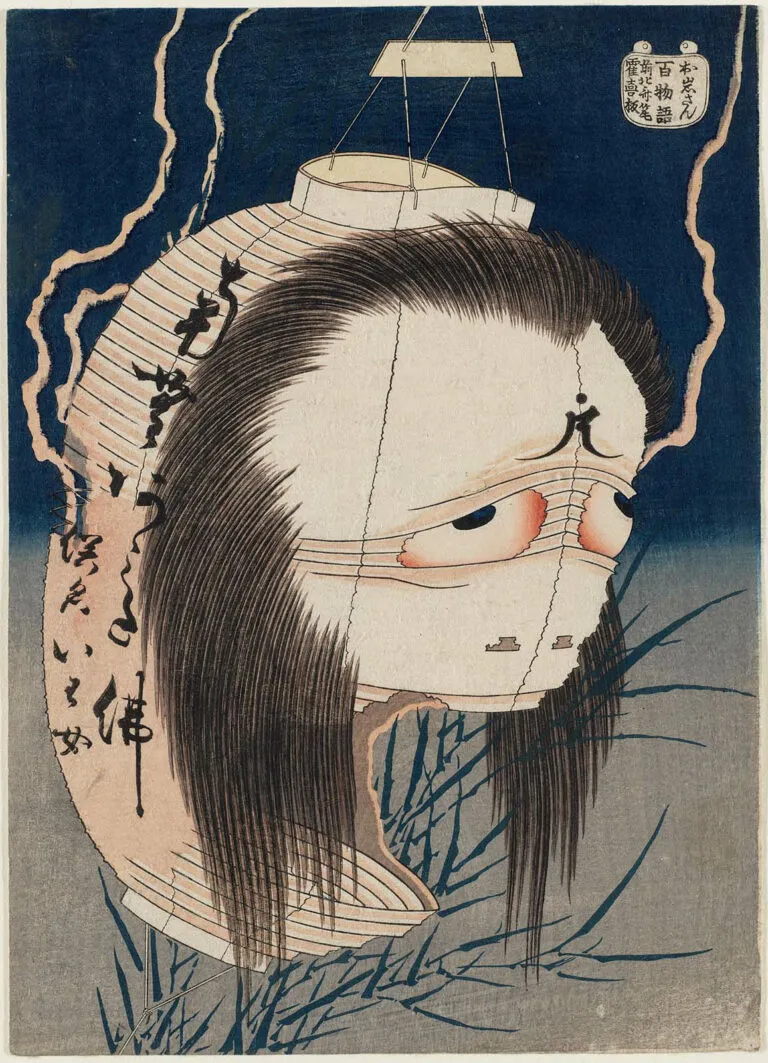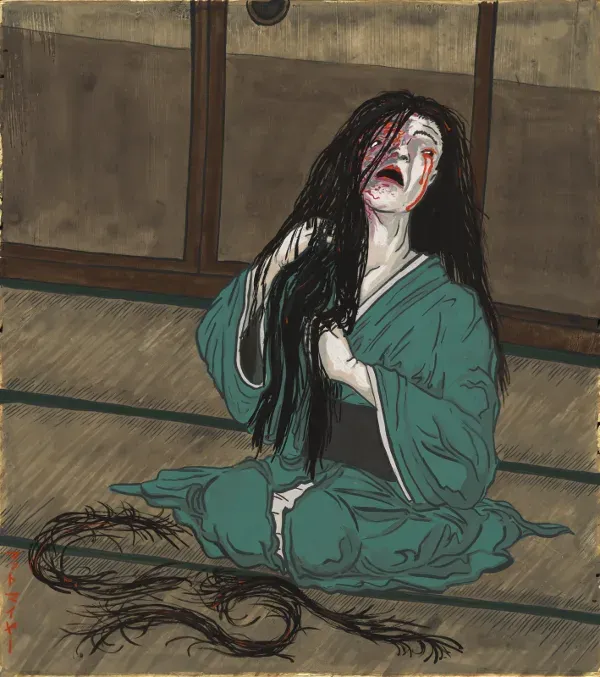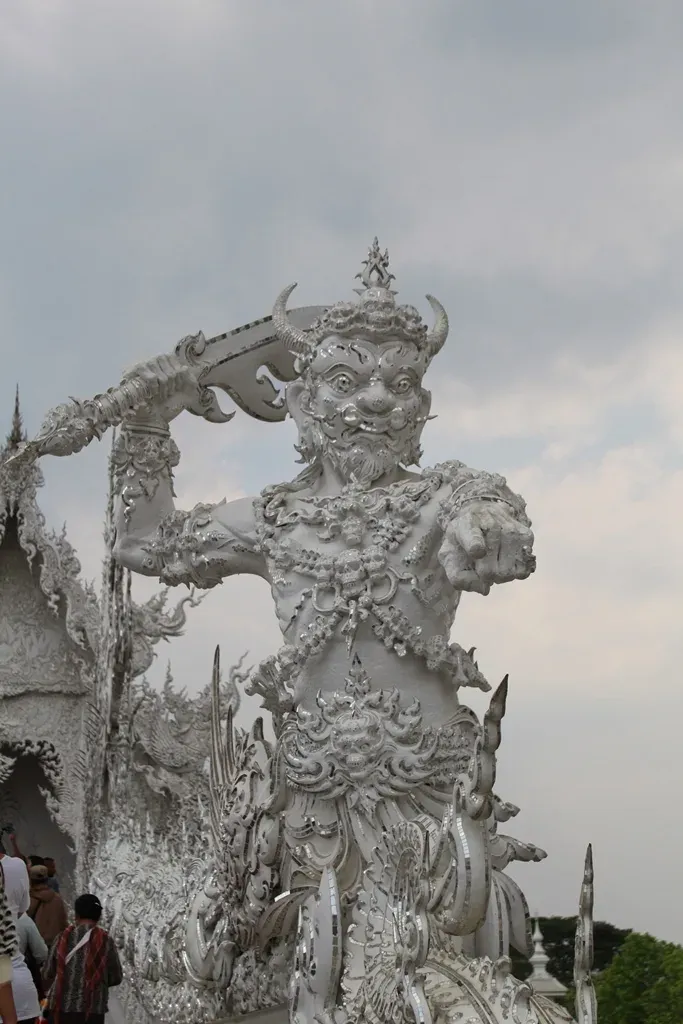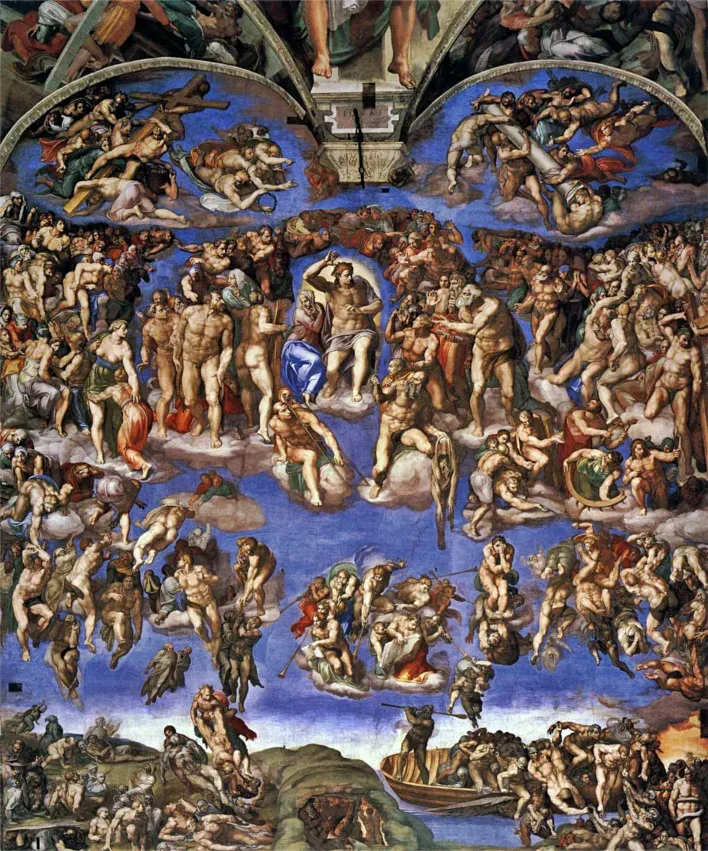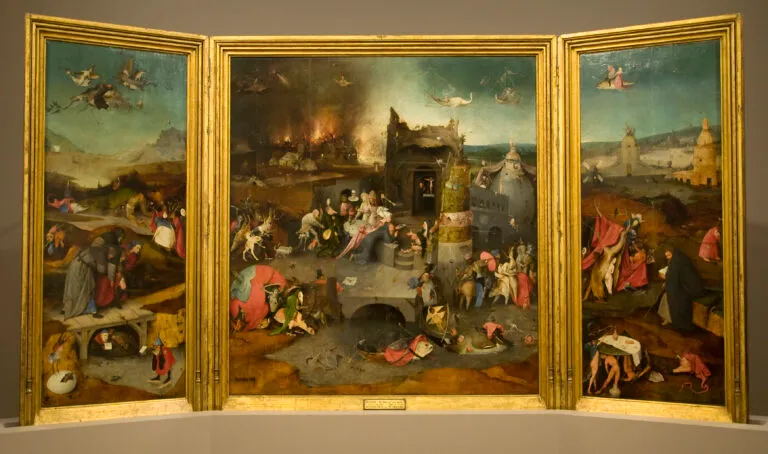Spirit
George Roux (1853-1924) was a prolific French artist and illustrator. Born on December 10, 1853, in Paris, Roux showed early artistic talent and studied under the guidance of his father, who was also an artist. Specializing in historical genre painting and illustration, Roux gained fame particularly for his illustrations for the novels of Jules Verne, significantly contributing to the visual imagery of many literary works of the time.

